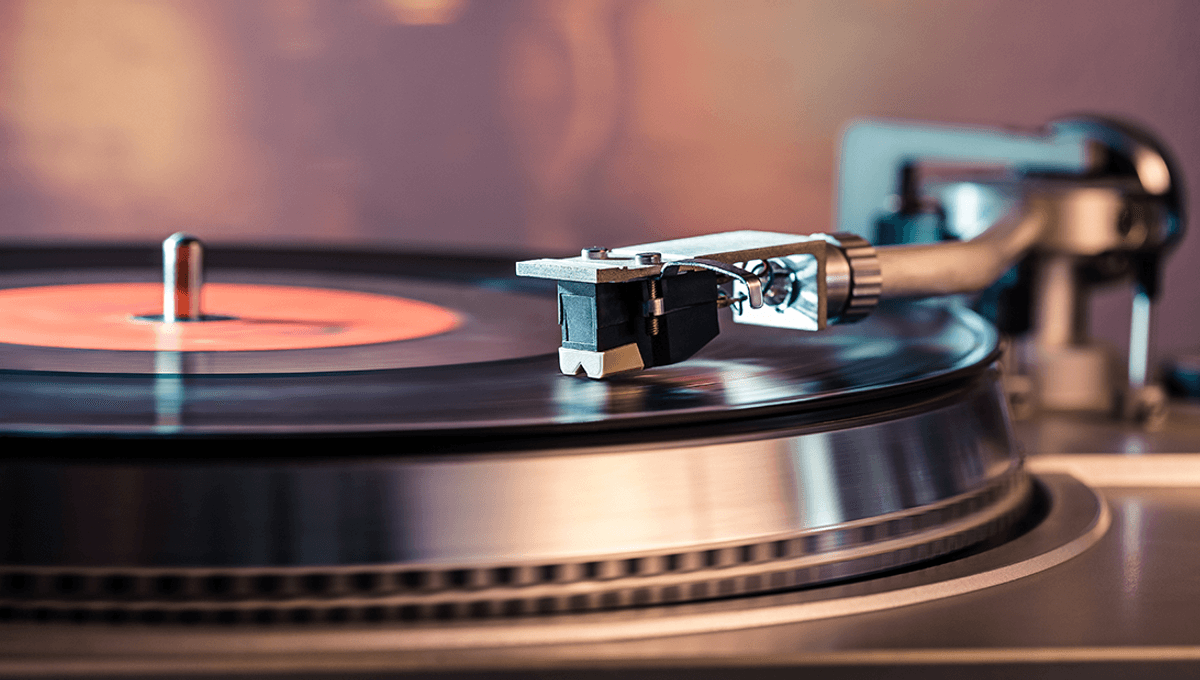Prepare to be amazed by the magic of vinyl records. These seemingly ordinary objects hold a secret power that allows us to enjoy our favorite music. But how exactly do they work their enchantment?
Let’s travel back to 1860 when French inventor Édouard-Léon Scott de Martinville made the first-ever sound recording. His invention, the phonautograph, captured sound by tracing figures on a glass plate using a stylus and a vibrating membrane. However, playing back these recordings proved to be a challenge, and it took over a century for them to be decoded and converted back into sound.
Fast forward to 1877, when Thomas Edison introduced the talking machine, or phonograph. This device used a diaphragm and a stylus to make indentations on a drum covered in tin foil, allowing sound to be recorded and played back, albeit in poor quality.
Today, vinyl records are created using a similar principle, but with much-improved technology. Sound waves are transformed into physical indents on a master record using a moving needle. These indents are then transferred onto other vinyl records using a mold.
Playing a vinyl record involves a needle, typically made of diamond, tracing the grooves on the record. As the needle moves, a magnet inside a coil of wire follows its motion. This creates a fluctuating electric current, which is then converted back into sound by vibrating the attached speaker.
So, the next time you listen to a vinyl record, remember the fascinating journey it takes to bring music to your ears. It’s a magical experience that even wizards would appreciate!








